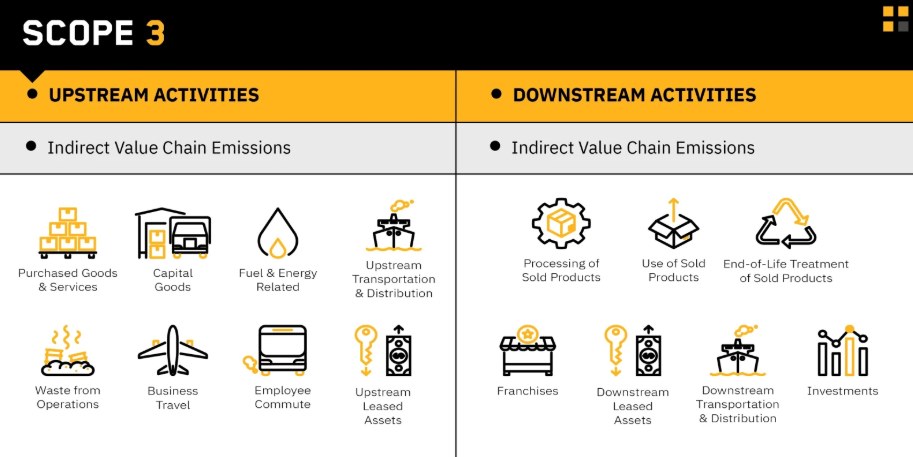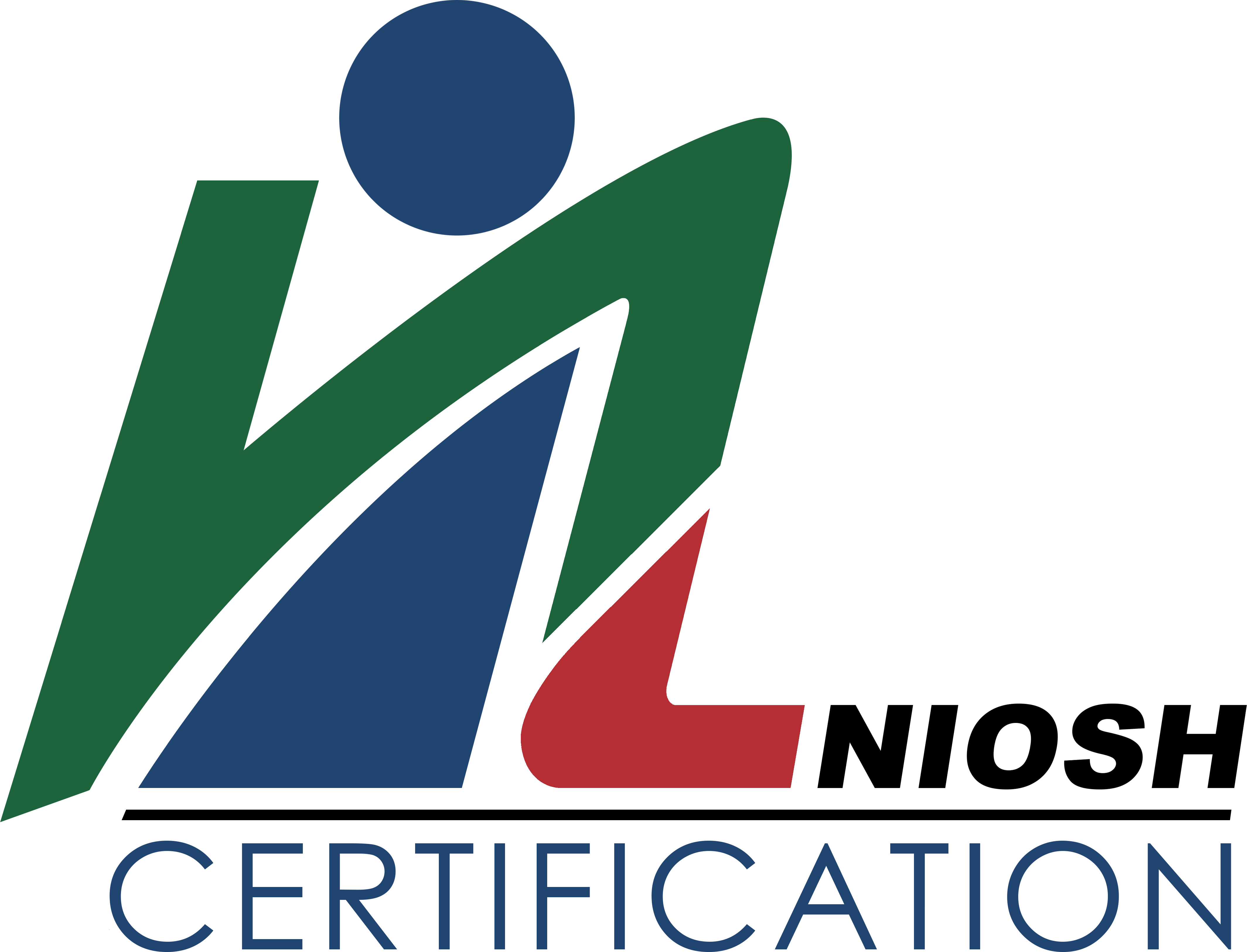In today’s global economy, businesses face growing scrutiny regarding their environmental and social impacts. Certification bodies, as organizations that uphold standards of quality, sustainability, and ethical practices, play a critical role in guiding industries toward responsible operations. An essential component of this journey is addressing Scope 3 emissions, which encompass the indirect emissions arising from a company’s value chain.
What Are Scope 3 Emissions?
Scope 3 emissions include all indirect greenhouse gas (GHG) emissions resulting from activities in a company’s supply chain, such as the production of purchased goods, business travel, employee commuting, and waste disposal. For certification bodies, these emissions are not just an environmental concern but a reflection of ethical sourcing and operational transparency.

In today’s global economy, businesses face growing scrutiny regarding their environmental and social impacts. Certification bodies, as organizations that uphold standards of quality, sustainability, and ethical practices, play a critical role in guiding industries toward responsible operations. An essential component of this journey is addressing Scope 3 emissions, which encompass the indirect emissions arising from a company’s value chain.
What Are Scope 3 Emissions?
Scope 3 emissions include all indirect greenhouse gas (GHG) emissions resulting from activities in a company’s supply chain, such as the production of purchased goods, business travel, employee commuting, and waste disposal. For certification bodies, these emissions are not just an environmental concern but a reflection of ethical sourcing and operational transparency.

How We Relate to Scope 3 Emissions
We may not manufacture products, but our operations and service delivery inherently involve Scope 3 emissions. These emissions can arise from:
a. Supplier Operations:
We rely on a variety of suppliers for office supplies, IT systems, and facility management. The production and transportation of these goods and services contribute to Scope 3 emissions.
b. Business Travel:
Auditors and staff often travel to client locations, which includes flights, car rentals, and hotel stays. These travel-related emissions form a significant part of our Scope 3 footprint.
c. Waste Management:
Waste generated from office activities or events, such as used paper, outdated electronics, and other materials, contributes to emissions through disposal processes.
d. Employee Commuting:
Staff traveling to and from work also fall under Scope 3 emissions, especially in areas with limited access to sustainable transport options.
e. Outsourced Services:
External consultants and subcontracted auditors contribute indirectly to our emissions through their activities.



Building Supply Chain Resilience Through Ethical Sourcing
To effectively address Scope 3 emissions, we must work closely with our suppliers and stakeholders to ensure ethical sourcing and sustainable practices. This includes:
a. Assessing Supplier Sustainability:
Collaborating with suppliers that prioritize renewable energy, waste reduction, and fair labor practices.
b. Encouraging Transparency:
Requesting suppliers to disclose their GHG emissions and sustainability initiatives.
The Role of Certification Bodies in Driving Change
As trusted advisors, certification bodies influence the industries we serve. By setting an example in managing Scope 3 emissions, certification bodies inspire clients to adopt responsible practices within their own supply chains. This could involve:
a. Educating Clients:
Offering guidance on reducing Scope 3 emissions through improved procurement and supply chain management.
b. Promoting Circular Economy Principles:
Advocating for waste minimization and resource reuse within certified organizations.
Addressing Scope 3 emissions is essential for certification bodies committed to ethical sourcing and supply chain resilience. By monitoring and reducing our value chain emissions, we can lead by example, fostering sustainability and transparency across industries. In doing so, we not only enhance our reputation but also contribute to a more sustainable and equitable future for all.
Let us take the first step by holding ourselves and our suppliers accountable—because building a better world begins with certifying change.

Readvolution Challenge: Ignite Your Reading Passion & Empowering Minds, One Page at a Time!
Click the like button if you’re on board with the Readvolution Challenge! If you’ve read a page, comment below (1 point), and for extra points (up to 2), share your thoughts on how you think ethical sourcing can improve transparency and accountability in the supply chain, and propose a way we can encourage suppliers to adopt greener practices. Every like and comment given will contribute to HPC point collection.
Sources
- Building resilient and sustainable global supply chains to improve ESG performance | Barnes & Thornburg. https://btlaw.com/insights/alerts/2023/building-resilient-and- sustainable-global-supply-chains-to-improve-esg-performance
- Managing Scope 3 Emissions in your Supply chains: Why firms must take a step back to move forwards. California Management Review. https://cmr.berkeley.edu/2024/01/ managing-scope-3-emissions-in-your-supply-chains-why-firms-must-take-a-step-back-to- move-forwards





